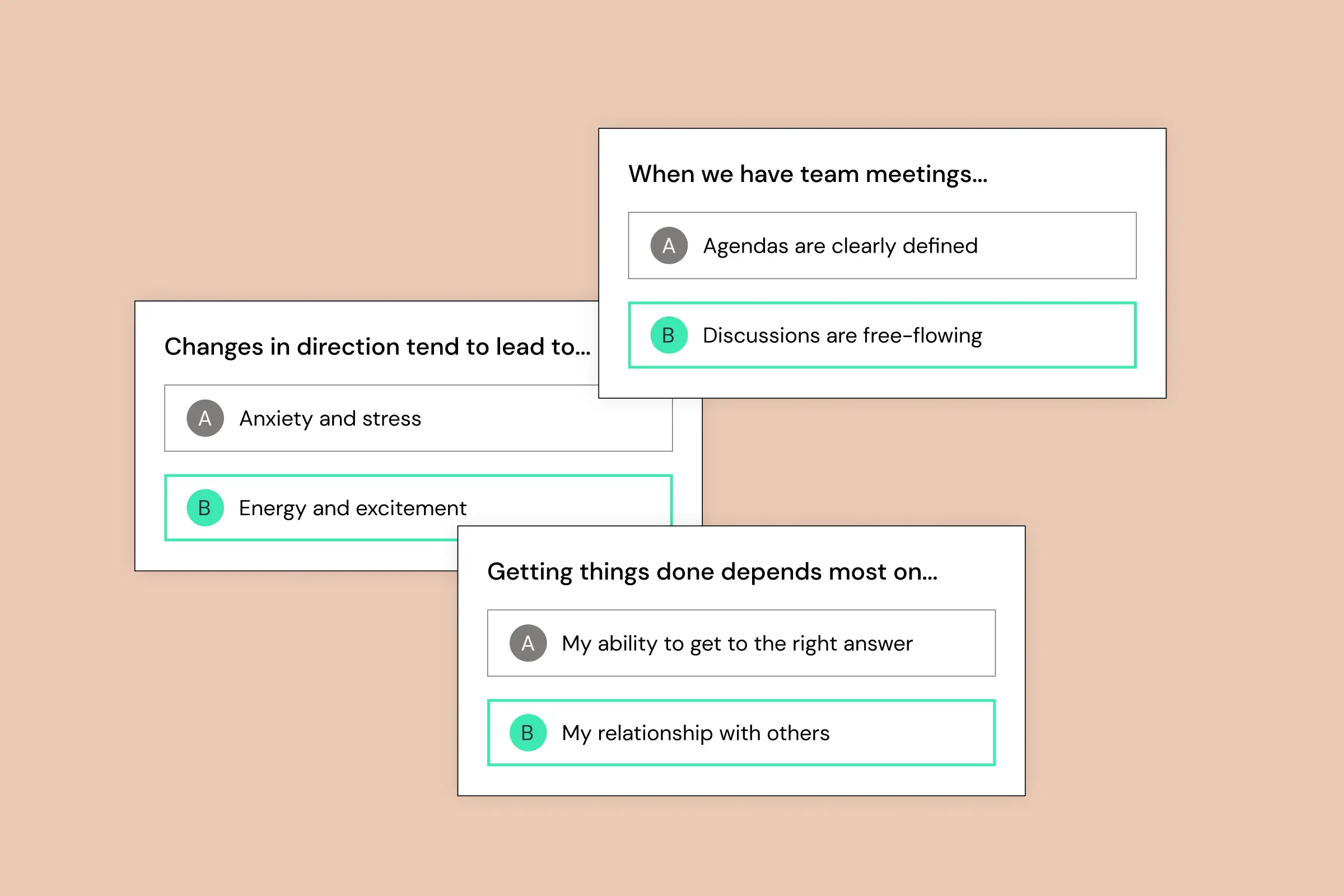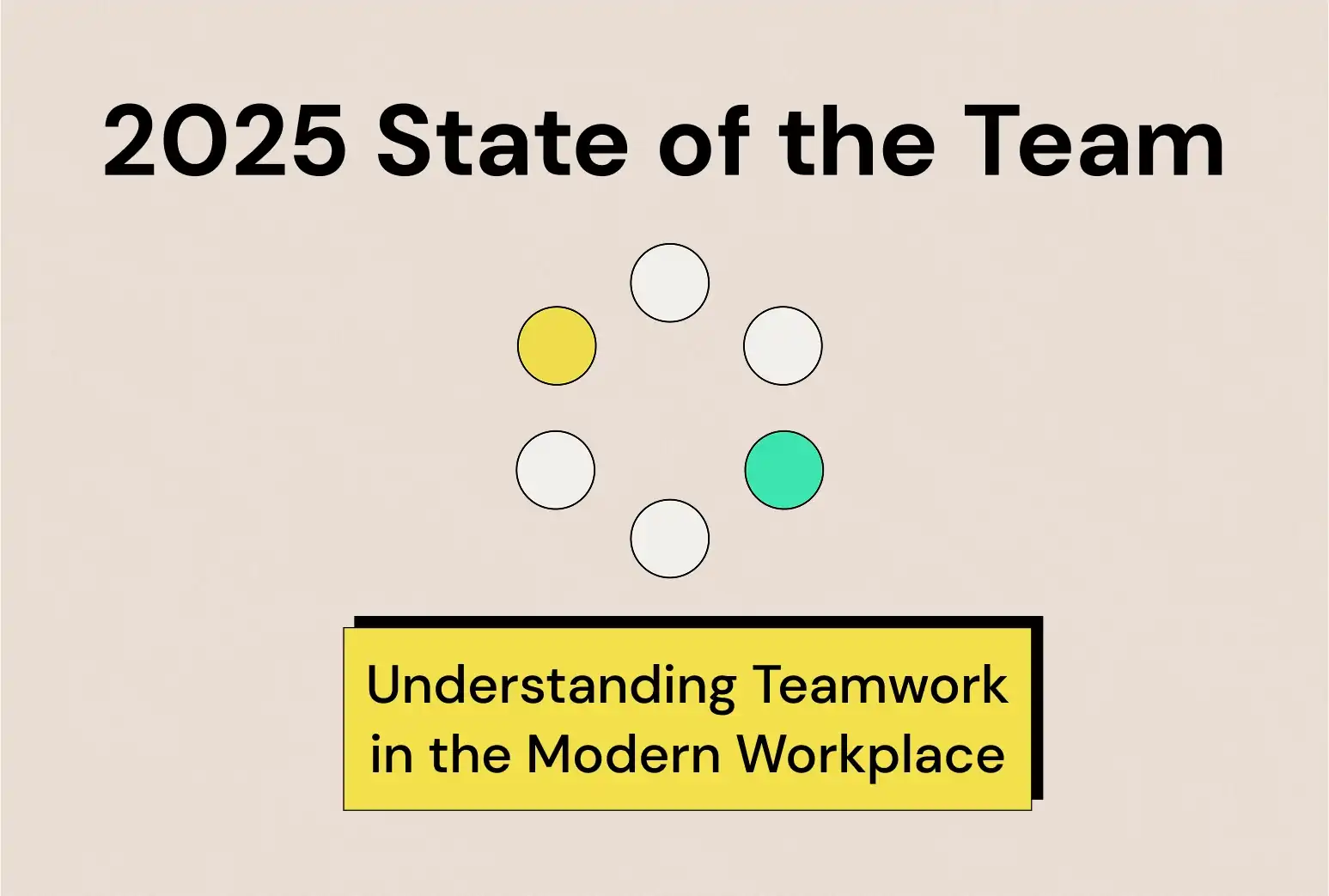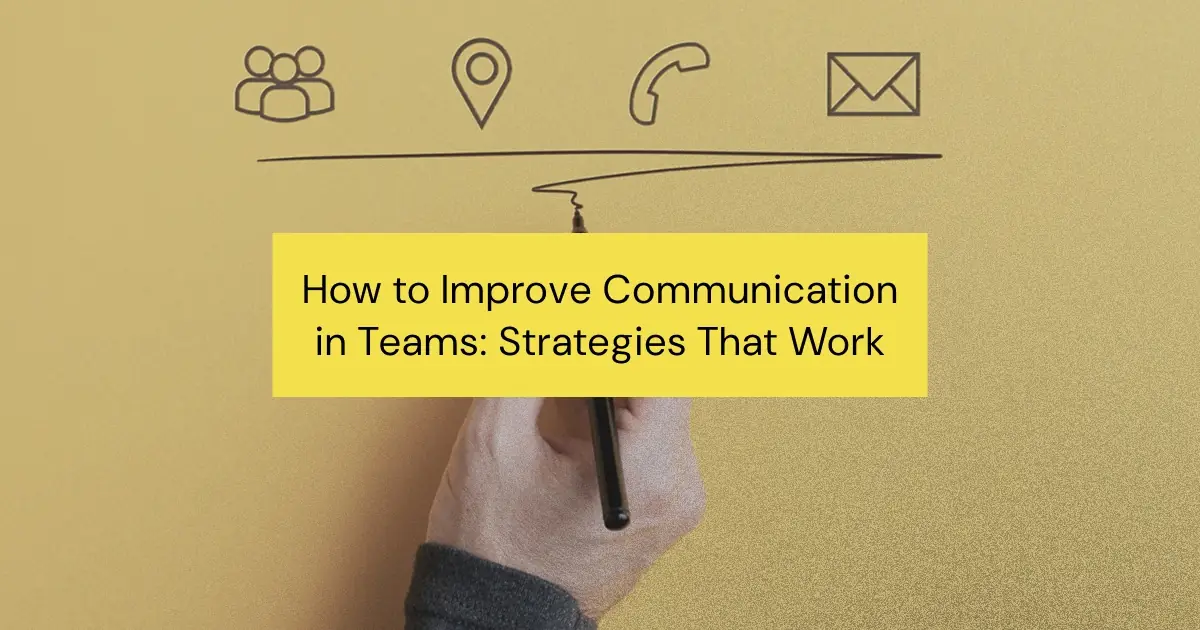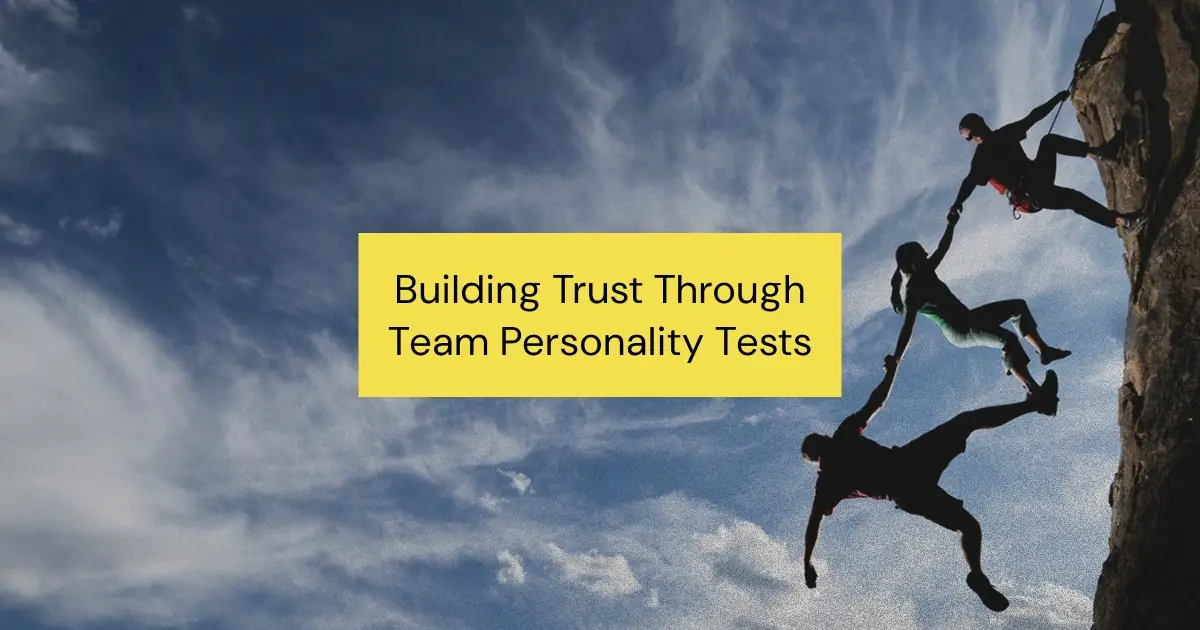The success of a team in an agile environment doesn’t depend solely on processes, frameworks, or even technical skills—it hinges on something more fundamental: how the team works together. Sure, the Agile Manifesto emphasizes collaboration and adaptability, but here’s the catch: just knowing the principles isn’t enough.
Many managers struggle to create cohesive, high-performing agile teams because they overlook one critical factor: team dynamics. It’s not just about individual strengths or talents. What really matters is how the team communicates, makes decisions, and executes their work as a group. Misaligned behaviors in these areas can lead to frustrating roadblocks, like endless debates during sprint planning or breakdowns in communication during a fast-moving project.
Here’s the good news: By understanding your team’s unique dynamics—and learning how to optimize them—you can unlock better collaboration, faster execution, and, ultimately, stronger outcomes. In this post, we’ll break down how to identify and harness agile team dynamics to support your team’s success. Whether you’re leading a tech product team or juggling multiple consulting projects, these insights will help you lead with impact.
If you want to lead a successful Agile team, you need to understand these dynamics and where your team stands. It’s not about fixing people—it’s about ensuring the way your team works together actually works.
The Role of Teamwork in Agile Environments
When people talk about agile teams, they focus a lot on collaboration. That’s a good start, but it’s not the full picture. For an agile team to really work, everybody has to align on how they communicate, make decisions, and get things done. Without this alignment, collaboration quickly turns into chaos.
Take sprint planning, for example. It’s one of the most important rituals in Agile, where the team comes together to decide what they’ll tackle in the next sprint. If your team’s communication style is “Ordered”—relying on clear agendas and structured discussions—this meeting is usually productive. But if you drop a team with an “Informal” communication style into the same process, the conversation might jump around, and important details might fall through the cracks. The result? Missed deadlines and blame games when the sprint ends.
Daily standups are another great example. Teams with a “Relational” processing style often turn these meetings into trust-building moments—focusing on how everyone feels about their tasks and progress. But a “Logical” processing team? They’ll stick to the facts: who’s stuck, what the blockers are, and when they’ll get resolved. Neither approach is wrong, but can you see the tension if you have a mix of these styles on one team? Some members might leave frustrated by what they see as "unproductive chatter," while others think the team is being cold or transactional.
The way your team executes also makes or breaks success in an agile environment. A “Spontaneous” style might shine during fast-paced projects, adapting instantly to shifting priorities. But throw them into a team full of “Deliberate” planners, and you’ll see conflict over sticking to schedules versus making last-minute changes. If managers don’t spot and address these differences, the team ends up spinning its wheels instead of delivering results.
Agile principles like self-organization and adapting to change aren’t just about processes—they’re about behaviors. If your team isn’t on the same page about how to work, all the Agile tools in the world won’t save you from dysfunction. Strong team dynamics aren’t just a “nice-to-have.” They’re the backbone of every successful Agile team. So as a manager, it’s your job to pay attention to them—before they pay you back in frustration.
Common Challenges in Managing Agile Team Dynamics
Let’s be honest—managing agile teams isn’t as simple as letting people self-organize and hoping for the best. Agile thrives on adaptability, but human behavior isn’t always so flexible. Misaligned team dynamics are often the hidden reason why even skilled managers struggle to get the results they want.
Take communication styles as an example. Imagine a team with an “Ordered” communication style. They rely on detailed agendas, clear meeting protocols, and rigorous documentation. Now, place them in an agile environment, where efficiency matters more than documentation. If they’re planning a sprint using rigid processes, they’ll probably slow things down—and frustrate everyone in the process. Alternatively, a team with an “Informal” communication style might breeze through sprint planning with ad hoc discussions but miss essential dependencies, leading to later chaos. Both scenarios wreck agile efficiency.
{{inline-cta}}
Decision-making can also cause friction. Agile asks teams to make quick, collaborative choices. But what if your team leans heavily toward “Authoritative” decision-making, where leadership calls all the shots? In this case, team members might feel sidelined and disengaged. On the flip side, a team focused on “Concordant” decisions might spend hours debating every move, delaying sprints or releases. Neither approach fits perfectly with agile’s fast pace.
Then there’s execution style. Agile environments often require spontaneity. Priorities shift. Plans fail. That’s Agile 101. But teams who prefer “Deliberate” execution might struggle here. If your team relies too much on meticulous planning, they’ll resist mid-sprint changes. Contrast this with a “Spontaneous” team that thrives on flexibility but struggles with long-term structure. If their next sprint looks more chaotic than constructive, goals will be missed.
Leadership makes or breaks everything. As a manager, your own leadership style mixes with your team’s behaviors. Are you decisive and authoritative? That works well with some teams—until your agile team rebels because they expect shared decision-making. What if you champion harmony and consensus? That’s great until your team needs someone to step up and make the tough call during a critical sprint.
So, how do you solve these challenges? You need to go beyond individual strengths or skill sets and focus on the collective behaviors of your team. Start by understanding how your team communicates, decides, and executes work. Using TeamDynamics’ framework, you can pinpoint the bottlenecks and mismatches. For example: Does your team’s Ordered communication style clash with your Informal leadership approach? Is a Deliberate execution mindset slowing your organization’s push toward agility?
👉 Tools like TeamDynamics help highlight these gaps. Instead of “guessing why my team is missing deadlines,” imagine knowing exactly how your team’s work style impacts performance. That's the insight you need to fix what's broken—and thrive in any agile environment.
How to Assess and Improve Agile Team Dynamics
If your agile team isn’t hitting its stride, you don’t need another process. You need clarity on how your team works—how people communicate, interpret information, make decisions, and execute plans. That’s where team dynamics come into play.
Here’s the truth: Most managers spend too much time focusing on individual performance. While that’s important, in agile environments, team behavior is what makes or breaks your results. The good news? You can assess and improve this with a proven approach.
Step 1: Get a Clear Picture of Your Team’s Behavior
The first step is gaining visibility into your team’s current dynamics. Tools like TeamDynamics are designed specifically for this purpose. Unlike personality tests that highlight individual quirks, TeamDynamics helps you understand your team’s collective behavior across four critical areas:
For example, you might discover that your team communicates in an overly informal way, leading to important details getting lost. Or maybe decisions are always concordant (team consensus), slowing progress when a quick, top-down call is needed.
Step 2: Spot Gaps Between Your Team’s Behavior and Agile Principles
Once you know your team type, compare it to key agile expectations. Agile thrives on flexibility, clear communication, and alignment. If your team is overly structured (Ordered communicators who are Deliberate executors), they might struggle with agility. Similarly, if your team relies too much on relational processing, they may overvalue opinions from familiar sources and overlook important ideas from newer or peripheral team members.
As a manager, these insights give you a game plan. You can see where mismatches exist and start fixing them right away.
Step 3: Work on Closing Those Gaps
Improving team dynamics takes strategy and persistence, but small changes can lead to big results. Here’s a simple example:
A technical product team in a SaaS company was stuck in analysis paralysis. They spent so much time reaching consensus (Concordant decision-making) that projects consistently fell behind. After taking the TeamDynamics assessment, their manager saw the issue clearly. She shifted the team toward an Authoritative decision-making approach for time-sensitive calls, empowering certain leaders to make quick decisions when needed. The result? Faster sprints and fewer delays—all without undermining the team’s collaboration culture.
Another example: A consulting team noticed their informal communication style was creating missed deadlines because no one really knew who was responsible for what. After identifying their team type, they implemented weekly check-ins with more structured agendas, eliminating the problem in less than a month.
Assessing and improving your team’s dynamics isn’t a “nice-to-have” for agile environments. It’s a must. Start by understanding where your team stands—and don’t wait. Tools like TeamDynamics are here to make this process simple and effective.
Why Team Behavior Matters More Than Individual Personality
Most personality tests out there—like MBTI, Enneagram, or StrengthsFinder—zero in on the individual. They give people insights like "You're an INFJ" or "You lead with empathy." That’s useful, but here’s the issue: Agile teams don’t succeed because of standout individuals. They succeed (or fail) based on how the team functions as a whole.
Agile isn’t about superstars. It’s about synergy. How does your team communicate? How does it decide what to do next? How does it deal with setbacks or pivot during a sprint? These are team-level behaviors, and they’re what make or break Agile success.
Imagine this scenario: You have a brilliant developer on your team, but they rely on informal communication—tossing out ideas in chat or during standups. Meanwhile, your team as a whole prefers Ordered communication, with updates going through a detailed system like Jira. What happens? Misalignment slows down the entire workflow. The developer’s brilliance never fully translates into results because their approach doesn’t mesh with the team’s style.
This is where TeamDynamics comes in. Unlike traditional personality tests, it puts the team front and center. You don’t just learn what each person’s traits are—you uncover how the team behaves collectively. That’s the insight you really need to improve performance.
Consider decision-making. Traditional tools might say one teammate is decisive and another is a careful planner. Interesting, sure. But TeamDynamics takes it further. It helps you see whether your team’s overall decision-making style leans Authoritative (leadership-driven) or Concordant (consensus-driven). If your team culture clashes with Agile’s values of autonomy and adaptability, you’ll know where to course-correct.
Here’s the bottom line: Personality is only part of the story. If you want to lead a truly effective Agile team, you have to focus on how the team operates as a unit. Tools like TeamDynamics push past the surface-level fluff of individual traits and get to the core of what drives performance in a team setting.
Hot take? Your team’s shared dynamic matters far more than the personality quirks of any one individual. Want to be a better manager? Stop obsessing over who’s an introvert or an extrovert, and start uncovering how your team communicates, decides, and executes as a whole. Don’t guess—measure it.
👉 Ready to focus on what actually matters? See how TeamDynamics can help you transform team behavior for better Agile outcomes.
Takeaway Tips for Managers: Succeeding with Agile Team Dynamics
Managing an agile team isn’t about following a playbook—it’s about adapting to the unique way your team operates. Agile principles give you the framework, but success comes from how your team applies those principles day to day. Here’s the bottom line: Your job as a manager is to understand your team’s natural behaviors and help shape them to thrive in an agile environment. These key tips can make the difference:
Embrace Your Team’s Uniqueness
No two agile teams are the same. Some might rely on quick, informal communication while others prefer structured updates. Some teams base decisions on leadership direction, while others need consensus from the group to move forward. There’s no “right” way—what matters is awareness. Understand how your team communicates, processes, decides, and executes.
Example: Say your team consistently misses sprint goals. Maybe the issue isn’t technical skill but how decisions are made. If your team is overly concordant—seeking consensus on every choice—consider gently giving more authority to leadership for time-sensitive decisions.
Map Strengths and Spot Gaps
Agile thrives on adaptability. Tools like the TeamDynamics test can give you a map of your team’s behavioral patterns. Once you know your team’s strengths—like strong logical processing or flexible execution—you can double down on those. At the same time, you can identify gaps, like poor communication or decision-making bottlenecks, that might be hindering progress.
Example: A tech product team that leans heavily on Ordered communication (defined processes) may shine at sprint planning but struggle with mid-sprint changes. Recognizing this helps you build flexibility without sacrificing their strengths.
Reassess and Adjust Regularly
Agile teams evolve. New team members, shifting goals, or even subtle changes in company culture can impact how the group works together. Make it a habit to revisit your team’s dynamics often—whether through retrospectives, surveys, or tools like TeamDynamics. Effective Agile managers treat teamwork as a live experiment, not a fixed state.
Example: If you notice a once-collaborative team becoming more siloed, dig in. Maybe team members feel burned out and have started withdrawing. Recognizing these signs early can help you reestablish cohesion.
Invest in the Team, Not Just the Process
Agile often focuses on optimizing processes like sprint reviews or standups. That’s fine, but real results come from investing in the team itself. Coach team members on how to communicate better, make decisions faster, or align their execution style with the context of the work. If your team isn’t functioning well together, the best processes in the world won’t save them.
Example: Imagine a consulting team that operates with spontaneous execution (flexible plans) but has a client that demands meticulous, deliberate documentation. It’s up to you to help them shift their approach—perhaps by assigning a detail-oriented project leader—so their execution matches the project’s requirements.
Stop Over-Focusing on Individual Performance
This might be controversial, but here’s the truth: In agile environments, the team matters more than the individual. Yes, individual accountability is important, but agile success depends on collaboration and shared discipline. If you spend too much time optimizing individual performance metrics, you’re likely blind to what’s really driving outcomes—team behavior.
Example: A software manager who focuses only on developer productivity (e.g., lines of code written per day) might overlook how poor communication across the team is slowing output. Shift focus to the group’s overall behavior, and productivity will improve naturally.
Final Thoughts
Every agile team is different, and that’s their strength—if you see it as one. As a manager, your job is to bring out the best in how your team works together. Tools like TeamDynamics give you the clarity to do that without guesswork.
By understanding your team’s unique behaviors, addressing weaknesses, and intentionally improving their dynamics, you’ll do more than manage. You’ll lead.
Conclusion
Agile success isn’t just about frameworks like Scrum or Kanban—it’s about people. Teams that understand how they communicate, process information, make decisions, and execute plans have a clear edge. That’s why focusing on team behaviors is a game-changer for any manager in an agile environment.
If you’ve been pouring all your energy into optimizing processes but still face bottlenecks, it’s time to look at the bigger picture. Misaligned team dynamics can quietly derail even the most well-intentioned Agile practices. The good news? Tools like TeamDynamics give you the clarity you’ve been missing. They help you uncover the behavioral patterns holding your team back and offer actionable insights to move forward.
So, stop guessing. If you’re serious about building an agile team that actually delivers, it starts with understanding how your team clicks—and where it doesn’t. Ready to take control of your team’s success? Get started with TeamDynamics today. Your team (and deadlines) will thank you.




.png)








































